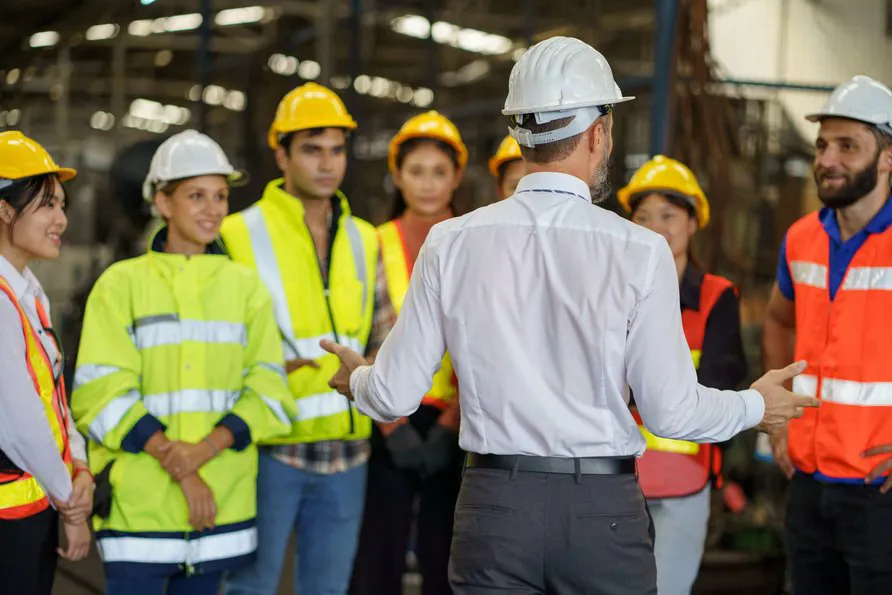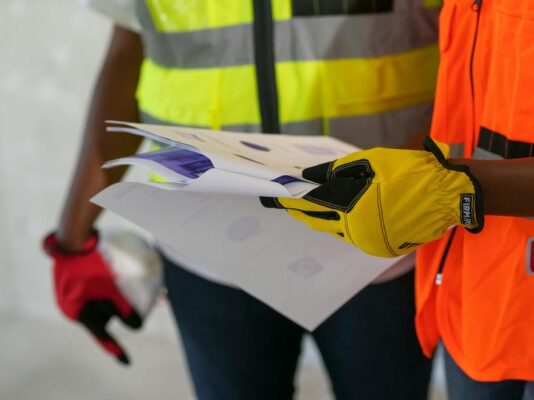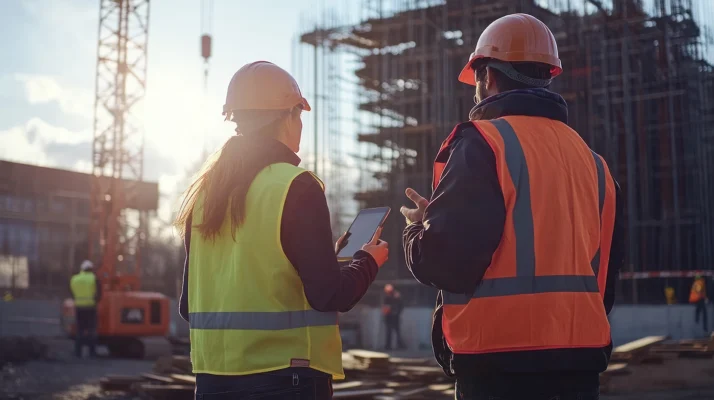
High-risk work is part of the job in construction, oil and gas, forestry and industrial services. But what isn’t negotiable is safety. Every task—from working at heights to operating heavy machinery—requires workers to stay focused on doing the job safely, even under pressure.
So, who’s ultimately responsible for safety on the job?
It’s easy to assume that safety is someone else’s responsibility—the supervisor, the safety officer, or upper management. But in reality, it’s a shared duty across the entire team.
Who Is Responsible for Safety on a Job Site?
Too often, the assumption is that safety duties rest solely with the supervisor or site manager. But safety is everyone’s job. Under Part II of the Canada Labour Code, employees and employers have a strong, legally defined role in identifying and resolving occupational health and safety concerns, making workplace safety a shared responsibility.

Business Owners and Executives
Under the Occupational Health and Safety Act, employers must do the following:
- Implement a comprehensive safety program
- Ensure written instructions are available
- Conduct proper training
- Supply personal protective equipment (PPE).
They are also legally obligated to take every reasonable precaution to protect workers and create a safe workplace.
Supervisors and Site Managers
Supervisors are the link between safety policy and action on the ground. They’re responsible for enforcing safety rules, identifying hazards, and taking immediate action to stop unsafe work. Their role includes:
- Communicating risks clearly to all employees
- Ensuring procedures and protective equipment are used correctly
- Cooperating with safety officers or committees
Supervisors must also understand their obligations within internal complaint resolution processes and ensure incidents are properly reported and documented.
Employees & Workers
No one knows a worksite better than the people on it. That’s why the Canada Labour Code gives employees three fundamental rights:
- The right to know about hazards and protective measures
- The right to participate in health and safety discussions and committees
- The right to refuse dangerous work if they believe there is a serious risk
Alongside these rights come responsibilities. Employees must:
- Use the safety equipment provided
- Follow safe work procedures and training
- Report any hazards, injuries, or violations
- Cooperate with inspections or investigations
- Support the work of health and safety committees
For more details on employee rights and duties, visit Canada Labour Code: Part II.
Legal Requirements vs. On-the-Ground Reality
Canadian health and safety laws, through the Safety Act and related OH&S legislation, place significant safety responsibilities on employers. But even with clear regulations, the on-the-ground reality often concerns whether people safely follow those rules.
For example, imagine a company that has invested in health and safety policies and training. Still, a supervisor fails to act on a reported safety hazard, or a worker chooses not to wear the correct protective device. In both cases, despite having all the right systems on paper, someone could get hurt. Compliance only works if people follow through.
That’s why it’s essential to build a culture where everyone, regardless of their role, is held accountable for safety. From preventing workplace violence to responding to hazards, no one is off the hook.
Creating A Culture Of Accountability On The Job Site
A truly safe workplace doesn’t happen by accident. It’s built on the everyday decisions of people who care not just about productivity but about each other. A strong safety culture includes:
- Workers who speak up about unsafe work and safety hazards
- Leaders who listen without blame
- Open lines of communication supported by a safety committee
- Training and skills development to help young workers and employees alike work in a safe manner
This kind of safety culture is what turns regulations into reality. It ensures that safety isn’t just the responsibility of one person or department but is embedded in the whole organization.
Safety Doesn’t Slow Down Productivity
There’s a common misconception that safety slows down operations. However, in reality, workplace safety is what keeps your job site moving efficiently.
Let’s say a worker skips a reasonable precaution to get the job done faster. Maybe they ignore a harness check before climbing. That small oversight resulted in a fall, and now the site is shut down, investigations are underway, and morale is shaken. One shortcut creates a chain reaction that halts productivity far more than proper procedures ever would.
Preventative steps like skills development, training, daily safety briefings, and PPE checks might seem routine, but they’re what keep crews safe, confident, and working without delays.
It Starts at the Top, But Everyone Plays a Part
Ultimately, everyone has a responsibility to ensure safety on the job. Employers must lay the foundation through clear health and safety policies, site-specific training, and proper equipment. Supervisors must enforce those policies and stop dangerous work in real-time. Workers must stay alert, follow procedures, and support their team.
At Trojan Safety, we offer a comprehensive range of courses to ensure your team is informed and set up for success, including:
- Confined Space Entry & Rescue Training
- Detection and Control of Flammable Substances Training
- Ground Disturbance 201 Training
- H2S Alive Training & H2S Alive Blended Renewal
- First Aid (Basic, Intermediate, Advanced)
- Oilfield Driver Awareness Training
- Transportation Endorsement
- Worker Fall Protection Training
Ready to build a safer, more efficient workplace? Contact Trojan Safety today or book a course to learn how we can help you strengthen your safety culture from the ground up.

 Written By: Jeff Kirschner, General Manager
Written By: Jeff Kirschner, General Manager
